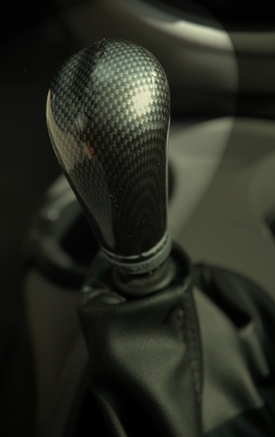
Since the early 1980s, when auto manufacturers began including overdrive transmissions in cars, drivers have debated the benefits of driving in overdrive. A standard on most cars today, overdrive transmissions allow a car's engine to turn at a lower speed.
On cars without overdrive transmissions or with overdrive disengaged, the driveshaft and engine crankshaft spin at the same speed --- a 1:1 ratio. Cars with overdrive engaged feature a 0.70:1 gearing ratio, which means that the engine can turn 30 percent slower and the car will maintain the same speed. While a car engine without overdrive may have to turn at 2,600 rpm to maintain 55 mph, for example, a car engine with overdrive would only have to turn at 1,820 rpm.
A slower-turning engine at cruising speed can provide several benefits for the driver, including a 33 percent increase in fuel efficiency, reduced cabin noise, reduced engine and transmission wear, and lessened emissions. These benefits will be most noticeable when driving at speeds greater than about 45 mph.
While using overdrive at highway speeds has a wealth of benefits, it's a less attractive option for around town stop-and-go driving. This is because overdrive dampens hill climbing and acceleration, while driving in standard drive at low speed provides greater power with not too great a fuel trade-off.